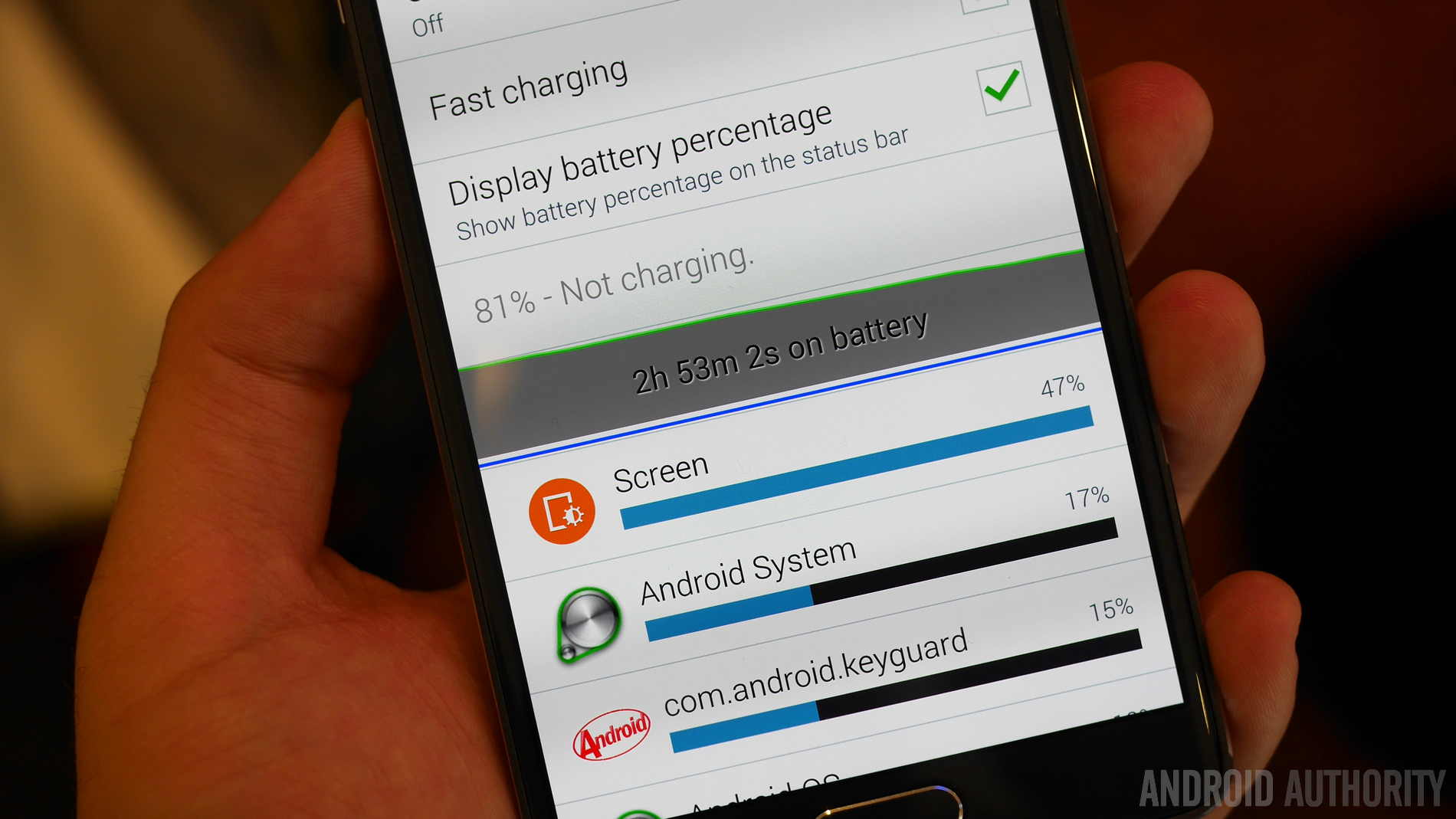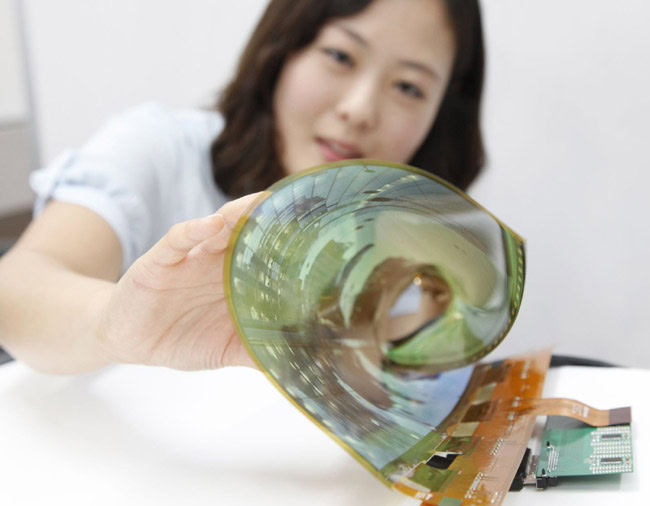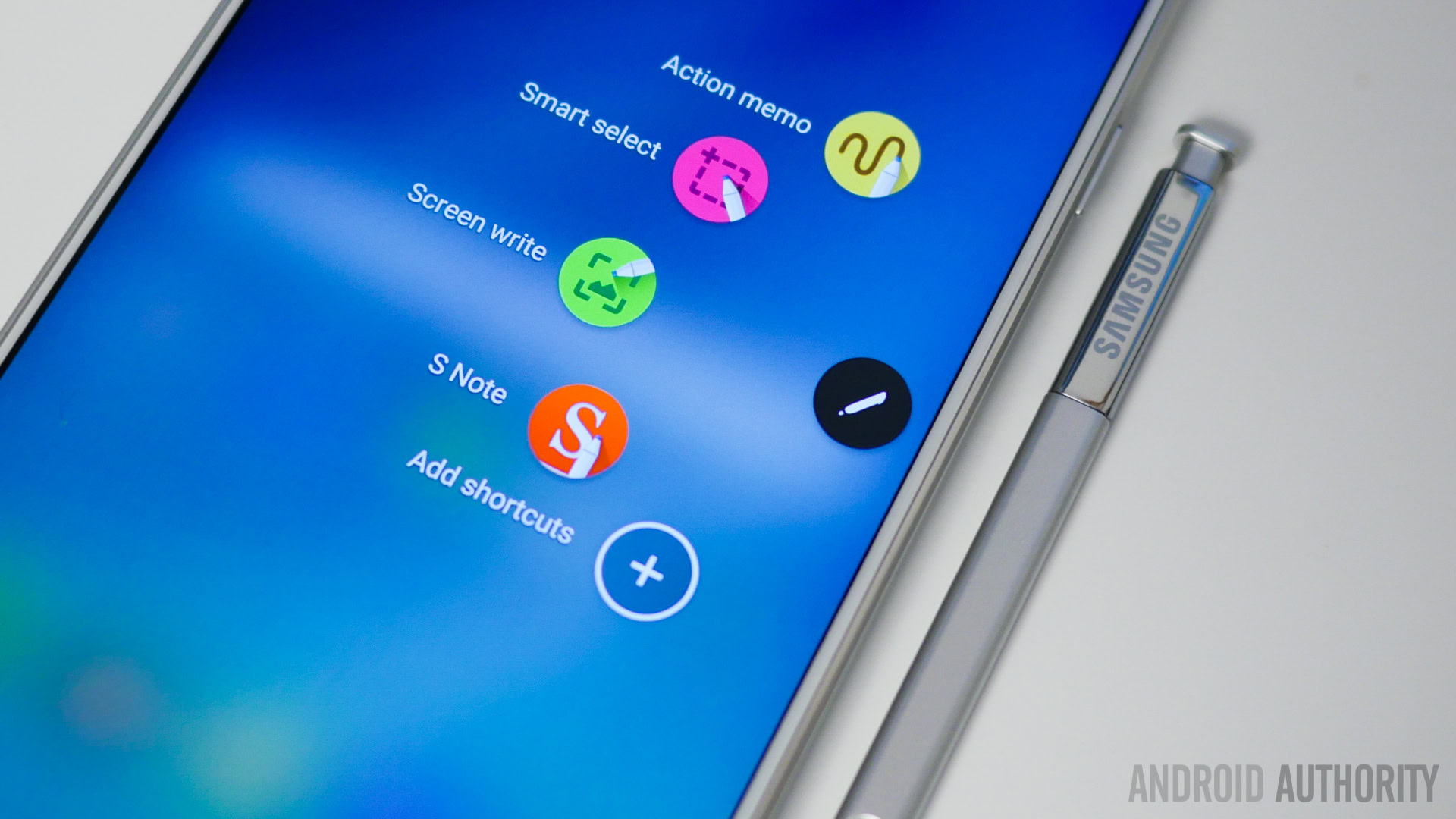Affiliate links on Android Authority may earn us a commission. Learn more.
OLED panels race to the top, $37.2 billion in revenue estimated by 2020

OLED screens are king right now. Manufacturers know it, as do consumers, which is why Organic LED panels have become so prevalent in popular smartphones the past few years. And the future is also looking bright for this technology, which is why LG and Samsung (which even plans to sell its LCD plant) have been investing so much into it.
The common saying says all things that rise must also fall, but we would say OLED panels are just starting to go on their ascension, and a new report from Allied Market Research would agree with such assumption. According to the latest statistics, the OLED world-wide market is to reach a $37.2 billion in revenue by 2020. The number is hard to ignore, as is the CAGR (Compound Anual Growth Rate) of 18.3% during the forecast period of 2015-2020.
What is OLED?
The concept is very complex and a bit hard to explain, but we will try to simplify it a bit. In essence, an OLED panel is simply a screen made of organic materials. These emit light when electricity is applied through them, which means they require no back light (unlike LCD displays).
OLED screens are typically made of four layers: the substrate, the cathode, the anode and the organic layer. The anode and cathode are in charge of the movement of electrons, which travel through the organic layer (this part helps produce light and color).


AMOLED vs PMOLED
By the way, there are two main OLED technologies currently available, and these are believed to continue being the most popular in the years to come. These would be AMOLED and PMOLED. The main differences are that AMOLED displays are more expensive and material intensive, but they happen to provide a better image and make for higher definitions. On the other hand we have the PMOLED panels, which are easier to build and much more affordable, yet lack on quality.
This report states AMOLED will be the most popular of the 2, for obvious reasons. In fact, they go as far as saying that it will make for $32.0 billion out of those $37.2 billion in OLED revenue by 2020.


The benefits of going with OLED
There are plenty of reasons to go with OLED technology. For starters, the picture quality tends to be better. Colors are more vibrant, blacks are deeper, and because these are not back-lit, they offer a much higher contrast when compared to LCD. The same characteristics allow it to have better viewing angles.
In addition, these screens use less energy, are thinner and happen to be more durable. What is there not to like?!

Why wait for 2020?
Though OLED screens are obviously the better choice in this market, some do still prefer the color accuracy that IPS LCD screens can produce. OLED is definitely not for everyone, and it also doesn’t help that it does happen to be a more expensive technology. This is why you usually see it in high-end smartphones that cost a pretty penny.
We do know the prices of OLED screens are expected to come down, though. In fact, it is said OLED screens may undercut LCD displays by next year. Regardless of what happens? I am glad the world is adopting OLED screens, as I do prefer the image and performance they offer. Do you disagree? Would you rather have some form of LCD screen or any other technology?